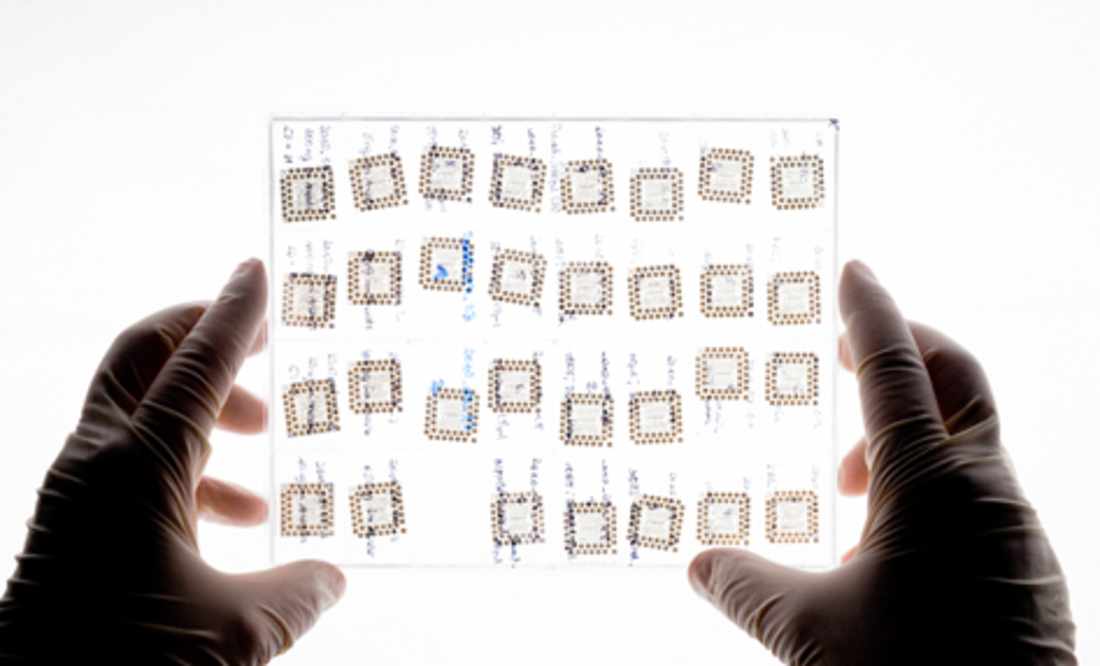According to UN estimates, up to 5 million people per year die worldwide from water-related diseases. The spectrum of pathogens encompasses bacteria, viruses, protozoa and worms. Intestinal diseases caused by enteric bacteria and health problems caused by cyanobacteria toxins are of particular importance in developed industrial nations.
The aim of the project is the research of rapid tests for the effective detection of bacterial pathogens in untreated and surface water and for the determination of cyanobacteria toxins.
Because of the variety of bacterial pathogens, it is important to identify so-called indicator bacteria quickly and safely. The following bacterial pathogens that are subject of the research are among the indicator bacteria for water-associated infections: pathogenic Escherichia coli, enterococci. Currently, water samples are diagnosed using over time-consuming culture-based methods and cumbersome membrane filtration procedures with subsequent biochemical and serological characterisation and identification of bacteria. These very time-consuming methods are sometimes only randomly performed and do not allow for continuous monitoring.
In view of the strict legal requirements for water quality and safety, a rapid test is essential for manufacturers of drinking water, operators of swimming lakes and for the monitoring of water resources and wastewater by authorities. The approach set forth in the research project offers a time-saving alternative based on polymerase chain reaction (PCR). The aim of the project is to combine innovative sample preparation with rapid amplification of isolated pathogen DNA and subsequent sequence-dependent detection of the PCR product based on a biochip and detect parallel toxins in addition to all previous methods. This multi-parameter platform provides the ability to detect contamination quickly and on time, thereby preventing infections or providing notifications on the microbiological safety of the water samples or the infrastructure in a timely manner. A rapid assessment of water quality would be possible with regard to the EU Bathing Water Directive, which calls for monitoring of official bathing waters a minimum of four times in the bathing season. In case of suspected microbial contamination or cyanobacteria toxin load, continuous monitoring of critical water bodies could be made possible and faster action taken, which can often lead to the avoidance of financial losses.
Participating partners
Analytik Jena AG
Moldiax GmbH, Jena
Institute for Water and Environmental Analytics (IWU), Luisenthal
Leibniz Institute of Photonic Technology, Reg. Assoc. (IPHT)
Fraunhofer Institute for Ceramic Technologies and Systems IKTS, Hermsdorf
Duration
01.10.2013 - 31.03.2015
Project coordination
Analytik Jena AG
